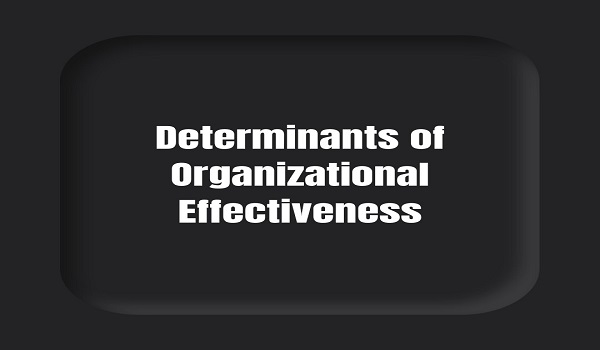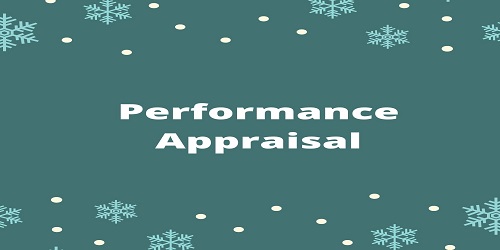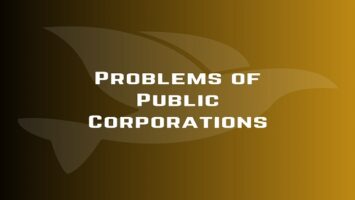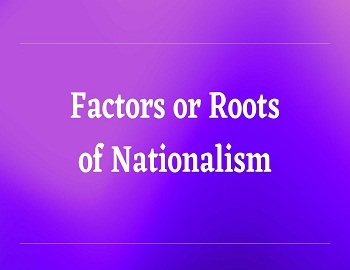Table of Contents
Determinants of Organizational Effectiveness:
Prof. Mott says that there are two determinants of organizational effectiveness:
- Organization characteristics.
- Behavioral characteristics.
However, along with these, Mott admits that certain aspects of the normative environment such as objectives, roles, policies, and procedures also influence effectiveness.
Discussing the determinants of organizational effectiveness, another writer Reimann opines that the factor of decentralization is also its determinant. He observes, “There is a positive relationship between decentralization and organization effectiveness.”
In fact, it is an admitted fact that Organizational Effectiveness is a multi-dimensional concept. It is influenced by several variables simultaneously. Neither there is nor there can be single or two determinants of Organizational Effectiveness. We can list some of these elements or factors or variables as under:
- Structure of the organization.
- Organizational Goals.
- Environment- internal as well as external.
- Technology.
- Organizational Resources.
- People of the Organization.
Organizational Effectiveness can be improved by securing and strengthening the role of these elements in a positive and healthy manner.
Methods of Improving Organizational Effectiveness:
The organization is the arrangement of personnel, material tools, equipment, working spaces, and appurtenances in a systematic, coordinated, and effective way for accomplishing the desired and defined goals. An organization has to be an effective organization, i.e., it has to be capable of attaining its objectives, goals, and targets. Organizational effectiveness is one of the most essential qualities of an organization. An important question that arises is how the effectiveness of an organization can be improved. Several scholars engaged in the study of Public Administration offer several suggestions for increasing organizational effectiveness. One of the basic and mostly accepted suggestions has been organizational development as the means for securing organizational efficiency and effectiveness.
Organizational Development as the Means of Securing Organizational Effectiveness:
Warren Bennis regards organizational development as a method of improving organizational effectiveness. According to him, “Organizational Development is a complex educational strategy intended to change the belief, attitudes, values, and structure of the organization so that the organization can adapt to new technologies, markets, and challenges”. In the process, organizational effectiveness can be developed.
French and Bell also uphold the view that organizational development is a means for improving organizational effectiveness. However, they describe organizational development as a long-term effort to improve an organization’s problem-solving capabilities and its ability to cope with changes in the environment. It refers to a planned system of changes introduced in an organization to energize and motivate its personnel, resolve conflicts, improve tasks and structures, and then finally improve its effectiveness and performance.
In fact, organizational development can be accepted as a broad-spectrum treatment or tonic for bringing up organizational effectiveness.









Comments (No)